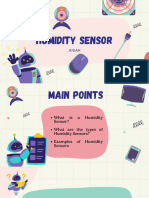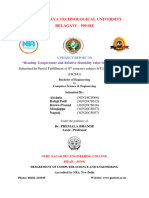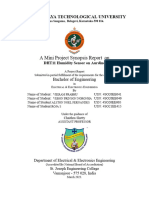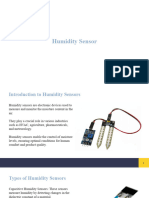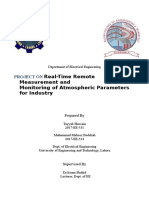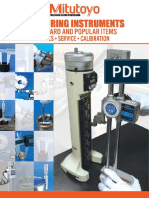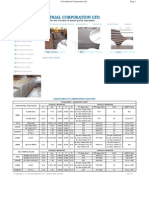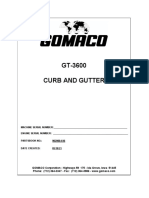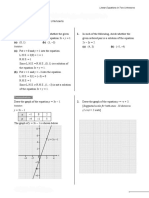0% found this document useful (0 votes)
17 views2 pagesHumidity Sensor
A humidity sensor measures the moisture content in the air and is used in various applications such as weather monitoring and HVAC systems. There are three main types of humidity sensors: capacitive, resistive, and thermal, each with specific working principles and examples like DHT11 and DHT22. While they are inexpensive and widely available, limitations include the need for calibration and sensitivity to temperature variations.
Uploaded by
g68102259Copyright
© © All Rights Reserved
We take content rights seriously. If you suspect this is your content, claim it here.
Available Formats
Download as PDF, TXT or read online on Scribd
0% found this document useful (0 votes)
17 views2 pagesHumidity Sensor
A humidity sensor measures the moisture content in the air and is used in various applications such as weather monitoring and HVAC systems. There are three main types of humidity sensors: capacitive, resistive, and thermal, each with specific working principles and examples like DHT11 and DHT22. While they are inexpensive and widely available, limitations include the need for calibration and sensitivity to temperature variations.
Uploaded by
g68102259Copyright
© © All Rights Reserved
We take content rights seriously. If you suspect this is your content, claim it here.
Available Formats
Download as PDF, TXT or read online on Scribd
/ 2
